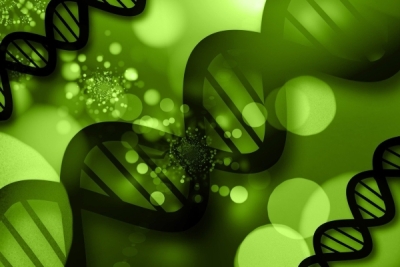Harmful alcohol consumption is very burdensome to health, both your own and other people's. However, many places selling alcohol profit from this exaggerated form of consumption. A 2019 study, carried out in Denmark, analyzed which strategies bars and nightclubs employed to make their customers drink more (1).
The strategies were quite varied, but all contributed to an increase in consumption. They ranged from the size of the glasses, to the way the waiter interacted with the customers and, obviously, they were also in the pricing policy adopted by the establishment. The places that seemed to adopt these strategies the most were those with younger clientele, leading the authors to warn that “establishments aimed at younger people seem to be constructed as consumption atmospheres where individuals are seduced and compelled to drink alcohol” (1).
In fact, “open bar” and “happy hour” strategies tend to be more targeted at young adults. A 2021 study conducted with university students entitled “The behavioral economics of the bottomless cup” (2) showed that the price of a glass of alcohol that could be refilled (that is, to be refilled as much as the person wanted, as in the open bar scheme) was crucial for more young people to be willing to consume: 75% of young people reported being willing to buy refill cups for up to $5, a percentage that dropped to 47% if the cup cost $10. The authors, based on these results, also warn of the dangers of open bar parties, also known as “all you can drink” parties.
This problem is also serious in Brazil. A Brazilian survey from 2014 showed that open bar parties were an environmental factor strongly associated with the harmful pattern of consumption known as “Heavy Episodic Drinking” (HED) and with alcohol intoxication (3). Data such as these highlight the importance of the topic and the need for preventive measures that are capable of dealing with the complexity of alcohol consumption patterns and strategies. We know that the harmful use of alcohol among young people is associated with several problems and that strategies that encourage it need to be curbed.











